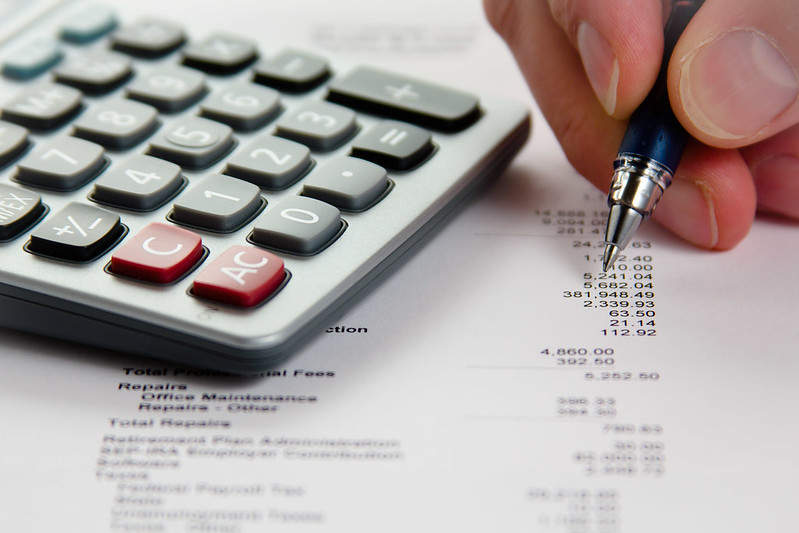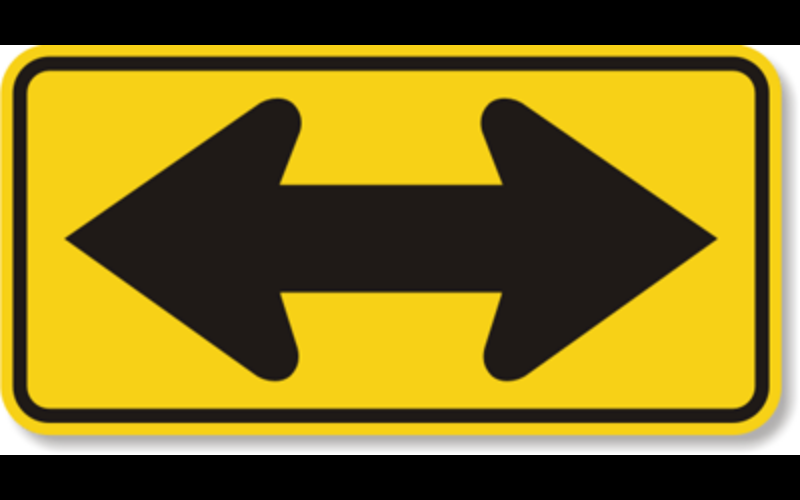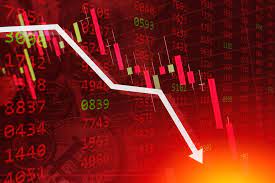It’s a New Year. There are a million new strategies to try, instruments to trade and markets to explore. After a tumultuous 2020, the new year is almost certain to have its own challenges and opportunities for traders.
- Trade Tiny
- Hide Your P/L Statement
- Trade Both Sides of the Market
But if we are honest with ourselves the great errors and the big losses of the past year are rarely the result of a failed strategy but a function of going “on tilt” – an endearing term from the world of poker which describes the moment the player loses all his mental faculties and begins to gamble wildly rather than bet probabilistically relying to the most dangerous strategy of all – HOPE.
Who amongst us hasn’t been there? Who hasn’t added to a losing trade? Who hasn’t lifted a predetermined stop when price started to come uncomfortably close? Who hasn’t increased their normal trade size tenfold in order to recover from a string of losses? If you traded the markets in 2020 you are probably guilty of some if not all of those sins. I certainly am.
So here are three simple ideas for 2021 that can curb some of our worst impulses while allowing us to live to trade another day.
Tiny Accounts

Tiny accounts, like tiny houses, have a lot of unappreciated advantages. Have ten thousand dollars to speculate in the markets? Fund an account with just one thousand and keep the rest in your trading “bank”. Most CFD and forex brokers around the world will allow you to create as many accounts as you want and many futures brokers will do the same.
Why tiny? Because a small account will act as a natural constraint on your ability to increase size and incur losses. If you lose half of it you will most likely be margined out of any remaining positions by the broker – and isn’t much better to lose just $500 to the market than $5000?
The tiny account structure is especially useful when you are testing a new strategy or a setup. Whenever you are doing something new you are virtually guaranteed to make lots of errors. The small size assures that those errors are not terminal to your financial well being.
Ed Thorpe, who is perhaps the greatest hedge fund manager that ever lived ( he wrote Beat the Dealer and then went on to start one of the first quant funds in the world which put together a track record of 293 consecutive winning months) offers yet another good reason for why small size is really helpful. In discussing his initial forays into Vegas (before he turned his attention to the market) Thorpe says the following,
Don’t bet more than you are comfortable with. Just take your time until you’re ready. After about eight hours of betting $1 to $10, I got comfortable. I then went to $2 to $20 for about two hours, and that felt comfortable. Next I went to $10 to $50 for about one hour until that felt comfortable. Then I upped it to $25 to $300 and got used to that after an hour or two. Finally, I increased it to $50 to $500—you couldn’t bet any higher than $500. I played for a total of about 20 hours at the two higher levels and predicted that my $10,000 bankroll should about double during that time. We actually made $11,000, which was extremely close to the prediction.
He notes that he used the same approach later on trading. Always starting out small to make sure that his thesis was in sync with the market.
Kill Your Real Time P/L Ledger

Every trading software these days comes with a real time mark-to-the market ticker of all your positions. On the face of it it looks like a great innovation of modern technology. At any given moment you know down to the penny how much you are up and down. It’s an up the second ever running report card of your trading life but it is also the single greatest reason why everyone who trades loses money.
It doesn’t matter what you say. It doesn’t matter what you believe. It doesn’t matter how hard you try. IN THE END YOU WILL ALWAYS TRADE YOUR P/L RATHER THAN YOUR STRATEGY and that will always be the cause of your ruin. We simply can’t help it. The moment we look at the updating results of the floating positions we are either elated or dejected and in both cases we take our focus off the market and think only about money. Of course the market couldn’t care less about our money and of course the biggest irony of the markets is that in order to make lots of money you have pretend that it doesn’t exist.
That’s why removing the trade blotter from your platform is the single greatest risk management move you can make. As long as you are trading with stops and as long as your account is small your risk of ruin will instantly diminish.
At first it may feel like you are driving at night without headlights. The sense of disconnection from money takes a little getting used to. But soon you will notice that you are focusing on setups only. You start taking better trades and the only accounting that’s going on in your head is a vague summary of points won or lost – which is exactly as it should be.
Good trading is about following a process, not chasing your P/L and nothing will help you do that better than killing your trade ledger forever. The legendary veteran trader John “Rambo” Moulton does this very thing – going for months without looking at his P/L and just focusing on making the next great trade.
Be Humble – Trade Both Sides of the Market
William Goldman the great Hollywood screenwriter who wrote “Butch Cassidy and the Sundance Kid” and “All the President’s Men” is famous for saying that when it comes to making blockbusters – nobody knows anything.
This is doubly true for the markets which are perhaps the ultimate expression of the vagaries of human desire. One day positive news will help price. Another day it will hurt it. When you are trading the market you are basically in the “agreement business”. Even if you are a contrarian trader you are essentially trying to be in the “early agreement business”. And the only thing that we know for certain is that if you disagree with the market long enough you will be out of business.

This is why having one sided views of how things “should” trade can be detrimental especially to short term traders. You basically wind up buying every dip that fails to bounce or selling every top that fails to roll over. I have a pet theory that as human beings we have tolerance for no more than three consecutive stops. After that most of us will go “on tilt” and will basically throw a temper tantrum against the market which will inevitably end in tears.
This is why having two tiny separate accounts for one instrument is very useful. You can trade a trend strategy in one and a mean reversion strategy in the other and if one side isn’t working the other side will at minimum offset some of the loss keeping you from “tilting” out of control.
Having two accounts is no panacea. You still need good strategies that win more than they lose. But observing the market from both sides of the trade provides you with a much more level headed approach to analyzing the price action and helps you see what is actually going on versus what you think is happening.









